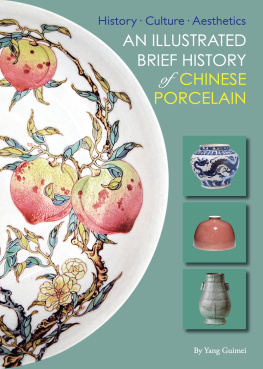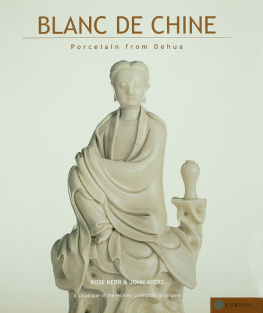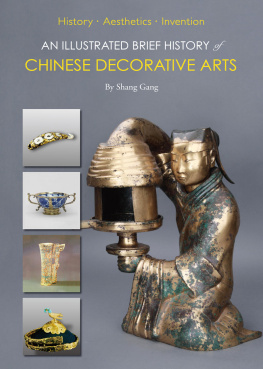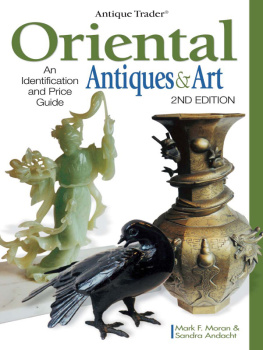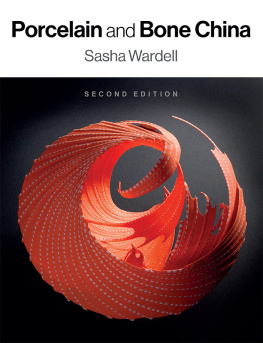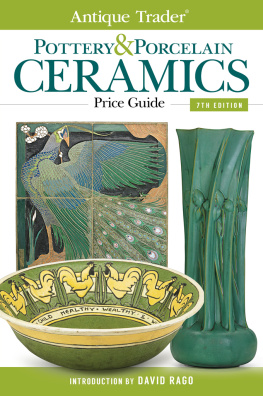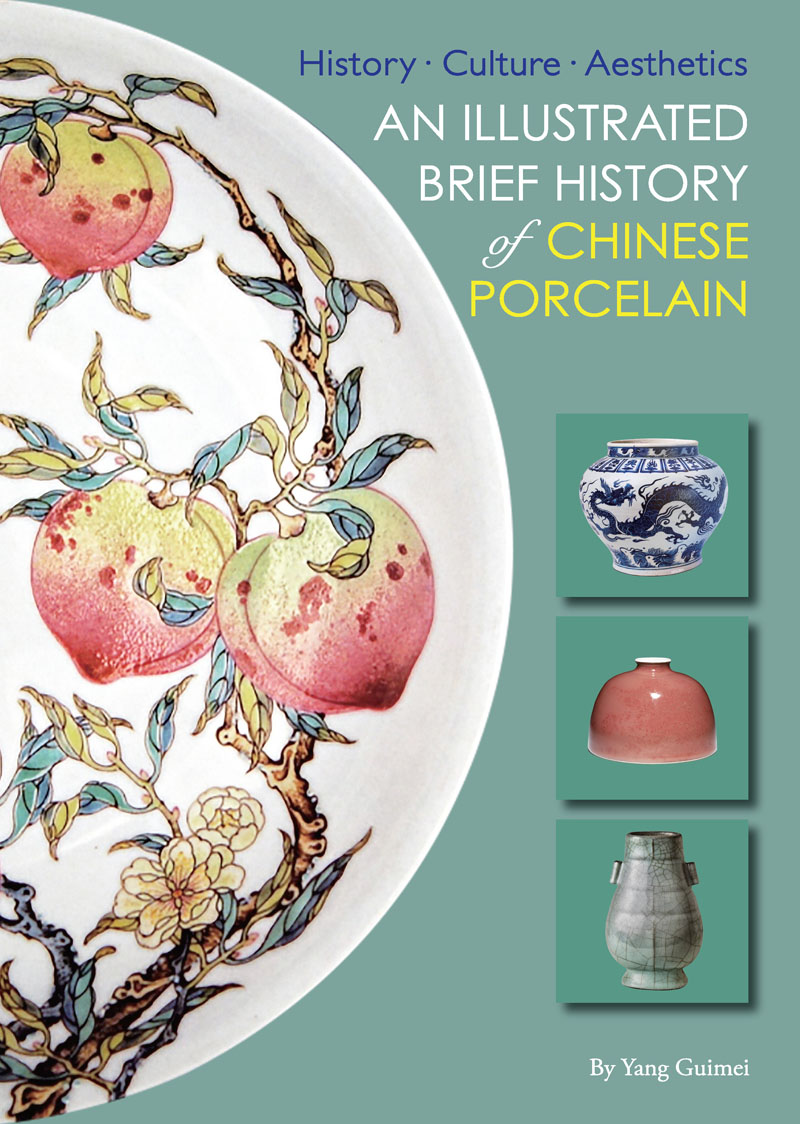Guimei Yang - Illustrated Brief History of Chinese Porcelain: History - Culture - Aesthetics
Here you can read online Guimei Yang - Illustrated Brief History of Chinese Porcelain: History - Culture - Aesthetics full text of the book (entire story) in english for free. Download pdf and epub, get meaning, cover and reviews about this ebook. year: 2020, publisher: Shanghai Press, genre: Romance novel. Description of the work, (preface) as well as reviews are available. Best literature library LitArk.com created for fans of good reading and offers a wide selection of genres:
Romance novel
Science fiction
Adventure
Detective
Science
History
Home and family
Prose
Art
Politics
Computer
Non-fiction
Religion
Business
Children
Humor
Choose a favorite category and find really read worthwhile books. Enjoy immersion in the world of imagination, feel the emotions of the characters or learn something new for yourself, make an fascinating discovery.
- Book:Illustrated Brief History of Chinese Porcelain: History - Culture - Aesthetics
- Author:
- Publisher:Shanghai Press
- Genre:
- Year:2020
- Rating:5 / 5
- Favourites:Add to favourites
- Your mark:
Illustrated Brief History of Chinese Porcelain: History - Culture - Aesthetics: summary, description and annotation
We offer to read an annotation, description, summary or preface (depends on what the author of the book "Illustrated Brief History of Chinese Porcelain: History - Culture - Aesthetics" wrote himself). If you haven't found the necessary information about the book — write in the comments, we will try to find it.
This book provides a condensed, comprehensible, but complete overview of the history of Chinese porcelain.
By studying the most notable characteristics of porcelain in different periods throughout history, it explores the evolution of the great kilns, and describes the influence of factors such as social and economic development, political change, and foreign cultures. Each one of these affected porcelains shapes, uses, colors, styles, patterns, and other features in unique ways. An Illustrated Brief History of Chinese Porcelain explains the cultural implications and the aesthetic and philosophical concepts which underlie the porcelain we know today.
The origins of Chinese porcelain lie as far back as the Shang (16001050BCE) and Zhou (1046256BCE) dynasties. One of the treasures of Chinese civilization, porcelain was first fashioned in the five great kiln-sites at the beginning of the second millennium, then evolved to form the splendid blue-and-white of the Yuan, before reaching its apogee in the Ming (13681644AD) and Qing (16441912AD) dynasties.
An Illustrated Brief History of Chinese Porcelain makes extensive use of archeological material from excavations at historic kilns and grave sites undertaken since 1949, as well as the results of new research. It presents readers with images of outstanding examples of different types of porcelainincluding celadon, blanc de Chine, famille rose, and blue-and-white ware.
Guimei Yang: author's other books
Who wrote Illustrated Brief History of Chinese Porcelain: History - Culture - Aesthetics? Find out the surname, the name of the author of the book and a list of all author's works by series.

